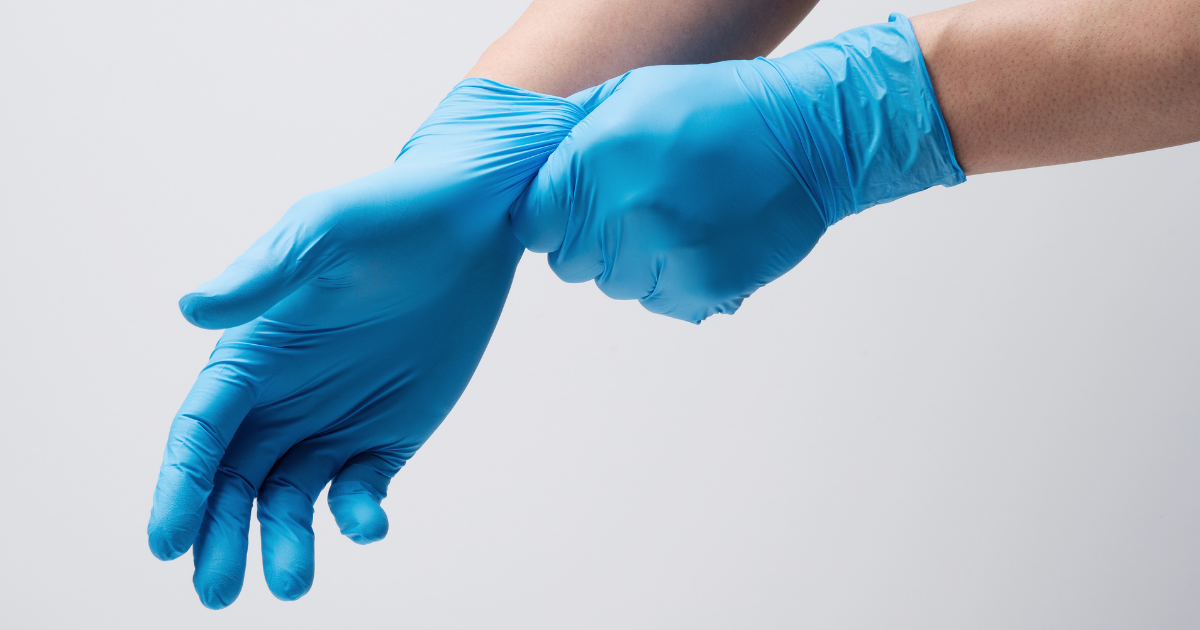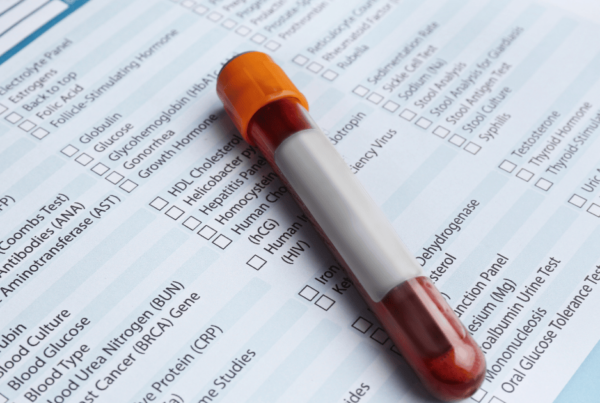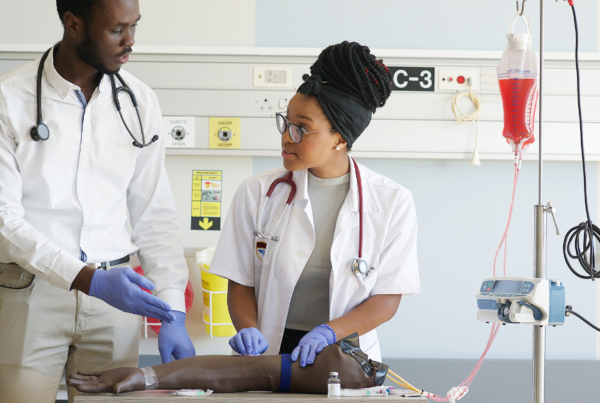As a phlebotomist, your role is vital in the healthcare system. You must draw blood samples. They are vital for diagnosing, monitoring, and treating patients. But, with this important role comes the need for stringent safety measures. Ensuring the health and safety of both yourself and your patients should be a top priority. Comprehensive phlebotomist safety procedures protect against hazards. They also create a safe, professional healthcare environment.
| Key Takeaways |
| Hand hygiene: essential for preventing infection; wash hands before and after each procedure. |
| Use of PPE: Gloves, masks, and gowns protect against exposure to bloodborne pathogens. |
| Sterilization: Clean and disinfect all equipment before and after use to prevent cross-contamination. |
| Needle Safety: Dispose of needles in sharps containers immediately to avoid injury. |
| Patient communication: Explain procedures to ease fears and promote safety. |
| Emergency Preparedness: Know the protocols for handling incidents and reporting needlestick injuries. |
The Importance of Phlebotomist Safety Procedures
Phlebotomy safety procedures are vital. They prevent infections and protect healthcare workers and patients from harm. Phlebotomists face risks. These include needlestick injuries, infectious diseases, and chemicals in the materials they handle. By following phlebotomist safety procedures, you can reduce these risks. This will ensure a safer workplace and better patient outcomes.
1. Proper Hand Hygiene: The First Line of Defense
Hand hygiene is a fundamental aspect of phlebotomist safety procedures. Good hand hygiene is key to infection control. It prevents the spread of germs.
- Before and after patient interaction: Always wash your hands with soap and warm water before and after each procedure. If soap and water aren’t available, use an alcohol-based hand sanitizer. Scrub each finger, palm, and wrist with precise strokes. Don’t forget between fingers and beneath nails.
- Using gloves does not end the need to practice proper hand hygiene. Gloves can develop micro-tears or become contaminated during the procedure. So, hand hygiene before and after using gloves is essential.
2. Personal Protective Equipment (PPE): Your Shield Against Contamination
Personal Protective Equipment (PPE) is a barrier against infectious materials. Correct PPE use maintains safety in phlebotomy procedures.
- Gloves: Always wear gloves when performing blood draws or handling blood specimens. After each patient interaction, replace and dispose of gloves in biohazard containers.
- Protect yourself with masks and eye protection from splashing fluids. These provide an extra layer of protection for your face, mouth, and eyes.
- Gowns protect skin and clothing in situations involving blood or bodily fluid exposure.
3. Sterilization and Disinfection: Ensuring Clean and Safe Equipment
Sterilizing and disinfecting phlebotomy equipment is crucial. It prevents cross-contamination and infection. Proper cleaning protocols keep a safe environment for the patient and the phlebotomist.
- Use of Disposable Equipment: Use disposable, single-use equipment, like needles and tubes, whenever possible. Dispose of these items immediately after use.
- Disinfection of Reusable Equipment: For reusable equipment, follow strict sterilization protocols. Thoroughly clean all surfaces using disinfectants approved for medical use.
- Work Surfaces: Regularly disinfect work surfaces and trays where blood samples are handled. This reduces the risk of contamination and helps maintain a sterile environment.
4. Safe Handling and Disposal of Needles: Preventing Needlestick Injuries
Needlestick injuries are one of the most significant risks for phlebotomists. It’s vital to follow procedures for handling and disposing of needles. This will reduce the risk.
- Never Recap Needles: After use, needles should never be recapped, bent, or broken by hand. Use safety-engineered devices. They must allow safe, one-handed activation of the needle safety feature.
- Immediate Disposal: Dispose of needles right after use. Put them in labeled, puncture-resistant sharps containers. Place these containers at the point of care for quick, safe disposal.
- Sharps Container Management: Regularly check sharps containers to ensure they are not overfilled. Replace containers before they reach the fill line to prevent accidental needlesticks.
5. Effective Communication with Patients: Enhancing Safety and Comfort
Communication is a key aspect of phlebotomist safety procedures. Clear, empathetic communication with patients eases their anxiety. It also ensures smooth, safe phlebotomy.
- Explain the Procedure: First, walk the patient through each step of the process. This calms fears. It helps the patient cooperate better. So, there is less risk of sudden movements that could cause accidents.
- Encourage Questions: Invite patients to ask questions. Answering their queries can build trust. It ensures they understand the process. This makes for a safer experience.
- Watch Patient Reactions: Watch the patient’s reactions during the procedure. If a patient seems faint or anxious, ensure their safety. Have them lie down.
6. Safe Sample Handling and Transportation: Preserving Sample Integrity
Proper handling and transport of blood samples are vital. They preserve integrity and prevent contamination or exposure.
- Collect blood samples, then assign accurate identification labels to each. This prevents mix-ups and ensures that the samples are traceable.
- Use Secure Containers: Place labeled samples in secure, leak-proof containers for transportation. This minimizes the risk of spillage and exposure during transit.
- Temperature Control: Follow protocols for the right temperature for specific samples. Poor temperature control can harm the sample’s quality and test results.
7. Emergency Preparedness: Knowing How to Respond to Incidents
Despite the best precautions, accidents can happen. Phlebotomist safety procedures must include emergency response training.
- Know Your Protocols: Know your facility’s protocols for needlestick injuries, blood spills, and other exposure incidents. A quick and proper response can mitigate the impact of such incidents.
- First Aid Knowledge: Basic first aid knowledge can be valuable. Know how to apply pressure to a bleeding site. Also, know what to do in case of fainting and other minor emergencies.
- Incident Reporting: Report all incidents, no matter how minor, to your supervisor. It helps to check safety practices and fix issues to prevent future problems.
FAQs about Phlebotomist Safety Procedures
- Why is hand hygiene important?
It prevents the spread of infections to patients and healthcare workers.
- What PPE should people wear?
To avoid exposure to blood and body fluids, wear gloves, masks, and gowns.
- How should we dispose of needles?
Dispose of used needles in sharps containers. They must be puncture-resistant. Do it immediately.
- What if a needlestick injury occurs?
Wash the area with soap and water, report it immediately, and seek medical attention.
- Why is communication with patients important?
It helps reduce anxiety and ensures cooperation, leading to a safer procedure.
Conclusion
Phlebotomists are vital in healthcare. They collect blood samples for patient diagnosis and care. But this role has inherent risks. Managers need to handle them with strict safety protocols. Phlebotomist safety procedures protect the workers, patients, and healthcare settings.
Phlebotomists can work safely by:
- Keeping proper hand hygiene.
- Using personal protective equipment.
- Sterilizing and disinfecting equipment.
- Protect needles with care to prevent accidental pricks and injuries.
- Communicating well with patients.
- Handling samples with precision and care.
- Being ready for emergencies.
These procedures are vital. They ensure compliance with healthcare regulations. They also build trust in the care provided.
Phlebotomy Now School aims to teach future phlebotomists critical safety procedures. We want every graduate to meet the highest standards of safety and care. By following these guidelines, phlebotomists can help patients. They will also keep a safe, professional work environment.
Ready to Enhance Your Phlebotomy Skills?
At Phlebotomy Now School, we train you to master all safety procedures. This will help you excel in your phlebotomy career.
Enroll today and start your journey toward becoming a skilled and confident phlebotomist!







